Introduction
Fresh red chili peppers are a staple in many cuisines worldwide, adding a fiery kick to dishes and enhancing flavors in numerous ways. Whether you’re a home cook, a professional chef, or simply someone who enjoys the spicy zest of chili peppers, knowing how to preserve them effectively is crucial. Fresh chili peppers can be quite perishable, losing their vibrant color, flavor, and heat if not stored properly. In this comprehensive guide, we will explore various techniques to preserve fresh red chili peppers, ensuring they stay fresh, vibrant, and ready to use for an extended period.
Understanding the Perishability of Fresh Red Chili Peppers
Before diving into preservation methods, it’s essential to understand why fresh red chili peppers can spoil quickly. Chili peppers are highly perishable due to their high moisture content and the delicate nature of their skin. When exposed to air, light, or incorrect temperatures, chili peppers can quickly lose their firmness, develop mold, or change in color.
Moreover, chili peppers contain capsaicin, the compound that gives them their heat. Capsaicin can degrade over time, especially if the peppers are not stored correctly, leading to a loss of flavor and potency. Therefore, preserving chili peppers involves techniques that minimize exposure to these detrimental factors while maintaining their freshness and heat.
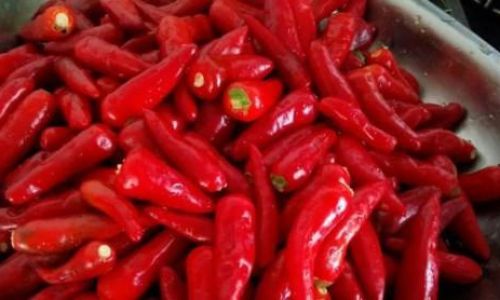
Basic Storage Principles
Before we delve into specific preservation methods, let’s outline some fundamental principles that apply to all storage techniques:
- Cleanliness: Always wash your hands and ensure all surfaces and tools are clean to prevent contamination.
- Dryness: Remove any excess moisture from the peppers before storing them. Wet peppers are more prone to mold and spoilage.
- Temperature Control: Store peppers at cool temperatures, ideally between 45°F and 55°F (7°C and 13°C). Avoid exposing them to extreme heat or cold.
- Humidity Control: Maintain a moderate humidity level. Too much humidity can cause mold, while too little can dry out the peppers.
- Airtight Packaging: Use airtight containers or bags to minimize exposure to oxygen, which can cause spoilage.
Refrigeration: The Quick and Easy Method
Refrigeration is the most straightforward method for preserving fresh red chili peppers. It slows down the spoilage process by reducing the temperature, thereby extending the peppers’ shelf life. Here’s how to do it:
- Selection and Preparation: Choose firm, vibrant red chili peppers with no signs of mold or soft spots. Rinse them under cold running water and pat them dry using a clean paper towel.
- Bagging: Place the dried peppers in a plastic bag, preferably one designed for food storage. Remove as much air as possible before sealing the bag.
- Labeling: Write the date on the bag to keep track of how long the peppers have been stored.
- Storage: Place the bag in the crisper drawer of your refrigerator, where humidity and temperature are better controlled.
Refrigeration can keep fresh red chili peppers fresh for about two weeks. However, keep in mind that the peppers may lose some firmness and brightness over time.
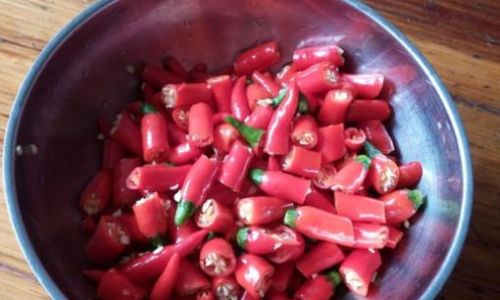
Freezing: Preserving the Heat and Flavor
Freezing is a more long-term preservation method that retains the peppers’ heat and flavor better than refrigeration. Here’s a step-by-step guide to freezing fresh red chili peppers:
- Selection and Preparation: As with refrigeration, choose firm, vibrant peppers and wash them thoroughly under cold running water. Pat them dry using a clean paper towel.
- Chopping or Whole: Decide whether you want to freeze the peppers whole or chopped. Whole peppers retain their shape and texture better but take longer to thaw. Chopped peppers are more convenient for cooking but may lose some texture during freezing and thawing.
- Blanching (Optional): Blanching helps to retain the peppers’ color and texture. To blanch, immerse the peppers in boiling water for about two minutes, then plunge them into ice water to stop the cooking process. Pat them dry again.
- Freezing Methods:
- Freezer Bags: Place the peppers in freezer bags, removing as much air as possible before sealing. Label the bags with the date.
- Freezer-Safe Containers: Alternatively, use airtight freezer-safe containers. Make sure they are not filled to the brim to allow for expansion during freezing.
- Flash Freezing: For individual peppers or small portions, lay them out on a baking sheet lined with parchment paper and place the sheet in the freezer until the peppers are frozen solid. Transfer them to freezer bags or containers.
- Storage: Place the sealed bags or containers in the freezer.
Frozen chili peppers can be kept for up to a year, although their texture may change slightly upon thawing. They are best used in cooked dishes where the texture is not critical.
Drying: Preserving for Long-Term Use
Drying chili peppers is an ancient preservation method that concentrates their flavor and heat, making them ideal for long-term storage. Dried peppers can be used in a variety of ways, including making chili flakes, powders, or whole for cooking. Here’s how to dry fresh red chili peppers:
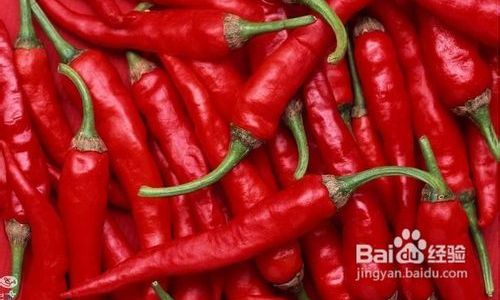
- Selection and Preparation: Choose peppers that are fully ripe and have a good balance of heat and flavor. Wash and pat them dry thoroughly.
- Stringing: Thread the peppers onto a string, leaving some space between them to ensure even drying. Alternatively, use a drying rack or tray.
- Sun Drying: Hang the stringed peppers in a sunny, well-ventilated area where they will not be exposed to rain. Sun drying can take several days to a week, depending on the climate and the size of the peppers.
- Oven Drying: For a quicker method, use an oven set to its lowest temperature (around 150°F or 65°C). Place the peppers on a baking sheet and leave them in the oven with the door slightly ajar to allow moisture to escape. This method can take several hours.
- Dehydrator: A food dehydrator is the most efficient and controlled way to dry chili peppers. Set it to a temperature between 95°F and 115°F (35°C and 46°C) and dry the peppers until they are brittle and completely moisture-free. This can take anywhere from 6 to 12 hours, depending on the size and thickness of the peppers.
- Storing Dried Peppers: Once fully dried, store the peppers in an airtight container in a cool, dark place. They can be kept for several years, retaining their flavor and heat.
Pickling: Preserving with Vinegar
Pickling is a preservation method that uses vinegar to create an acidic environment, inhibiting the growth of bacteria and mold. Pickled chili peppers can be used in a variety of dishes, adding a tangy, spicy kick. Here’s how to pickle fresh red chili peppers:
- Selection and Preparation: Choose firm, fresh peppers and wash them thoroughly. You can leave them whole or slice them into rings or strips.
- Brine Preparation: Combine vinegar (preferably apple cider or distilled white vinegar), water, sugar, and salt in a pot. The ratio can vary, but a good starting point is 1 cup of vinegar to 1 cup of water, with 2 tablespoons of sugar and 1 teaspoon of salt. Heat the mixture until the sugar and salt are dissolved.
- Packing: Pack the prepared peppers into clean, sterile jars. Make sure to leave some headspace at the top of the jar.
- Pouring the Brine: Pour the hot brine over the peppers, ensuring they are fully submerged. Use a clean, non-reactive utensil to remove any bubbles and add more brine if necessary to cover the peppers completely.
- Sealing: Wipe the rim of the jar clean and secure it with a lid. Process the jars in a boiling water canner for about 10 minutes to ensure they are sterile and sealed. Alternatively, use the refrigerator pickling method by skipping the canning step and storing the jars in the refrigerator immediately.
- Storage: If canned properly, pickled chili peppers can be stored in a cool, dark pantry for up to a year. If refrigerated, they should be consumed within a few months.
Fermenting: Preserving with Live Cultures
Fermenting chili peppers is a traditional preservation method that uses beneficial bacteria to create a tangy, probiotic-rich product. Fermented chili peppers can be used in a variety of dishes, from sauces to salsas. Here’s how to ferment fresh red chili peppers:
- Selection and Preparation: Choose firm, fresh peppers and wash them thoroughly. You can leave them whole, slice them, or chop them into smaller pieces.
- Brine Preparation: Prepare a brine by combining non-chlorinated water and a small amount of salt (about 2% salt by weight of the water). For example, for 1 quart of water, use about 2 tablespoons of salt. Dissolve the salt completely.
- Packing: Pack the prepared peppers into a clean,

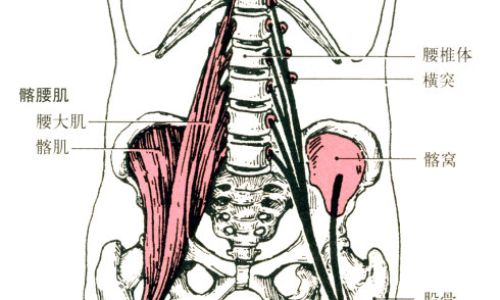
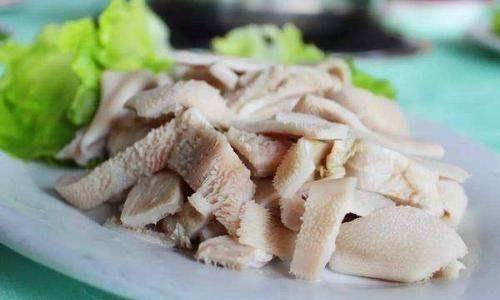
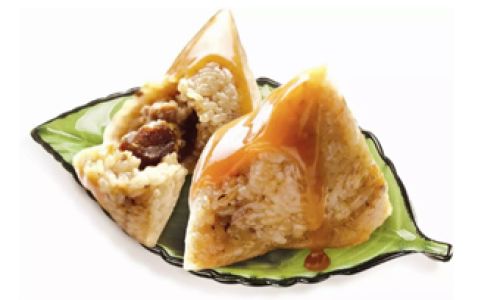
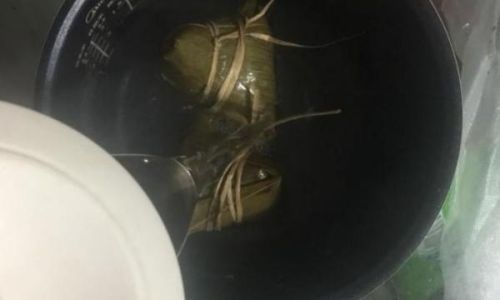
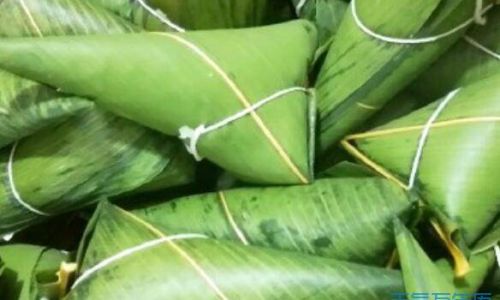
0 comments